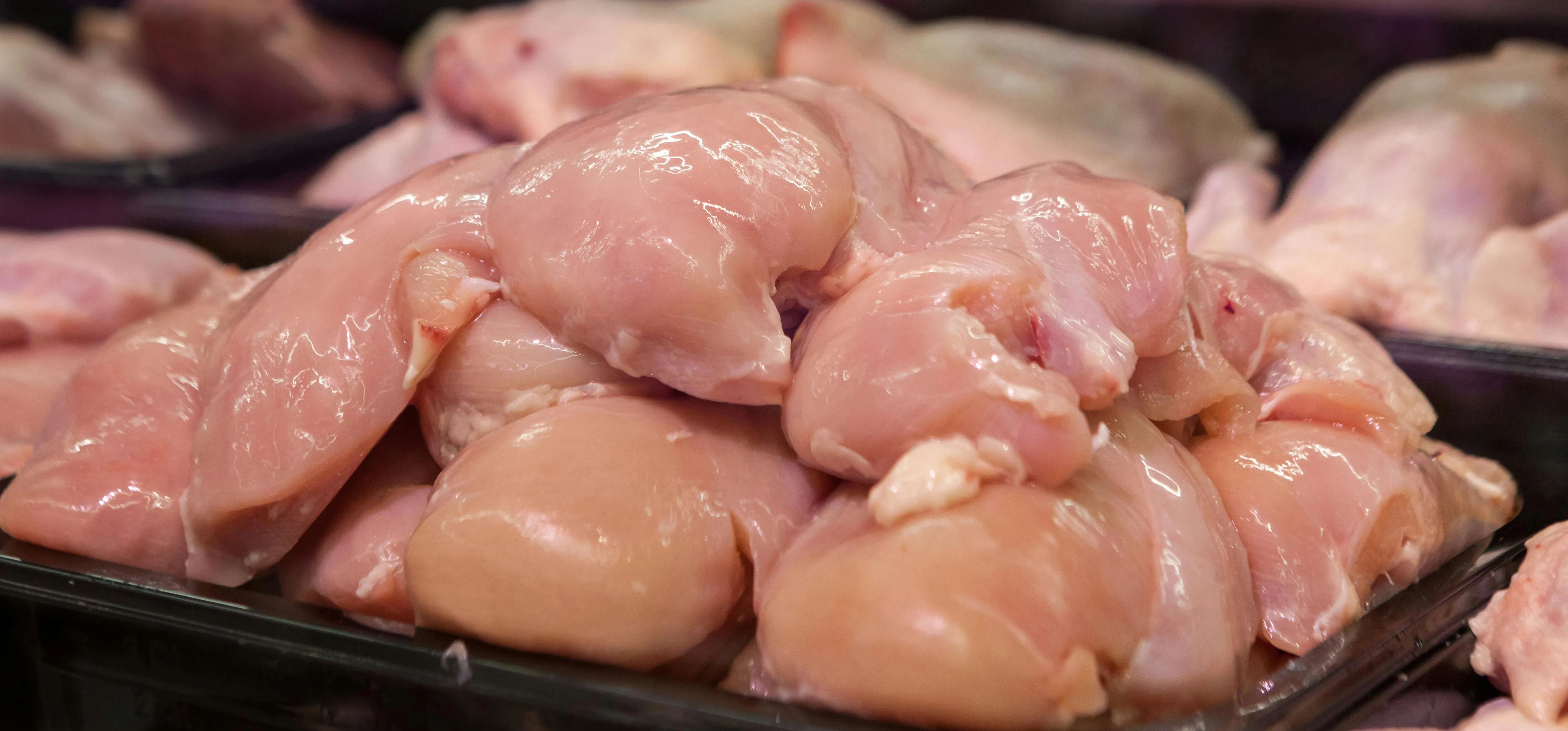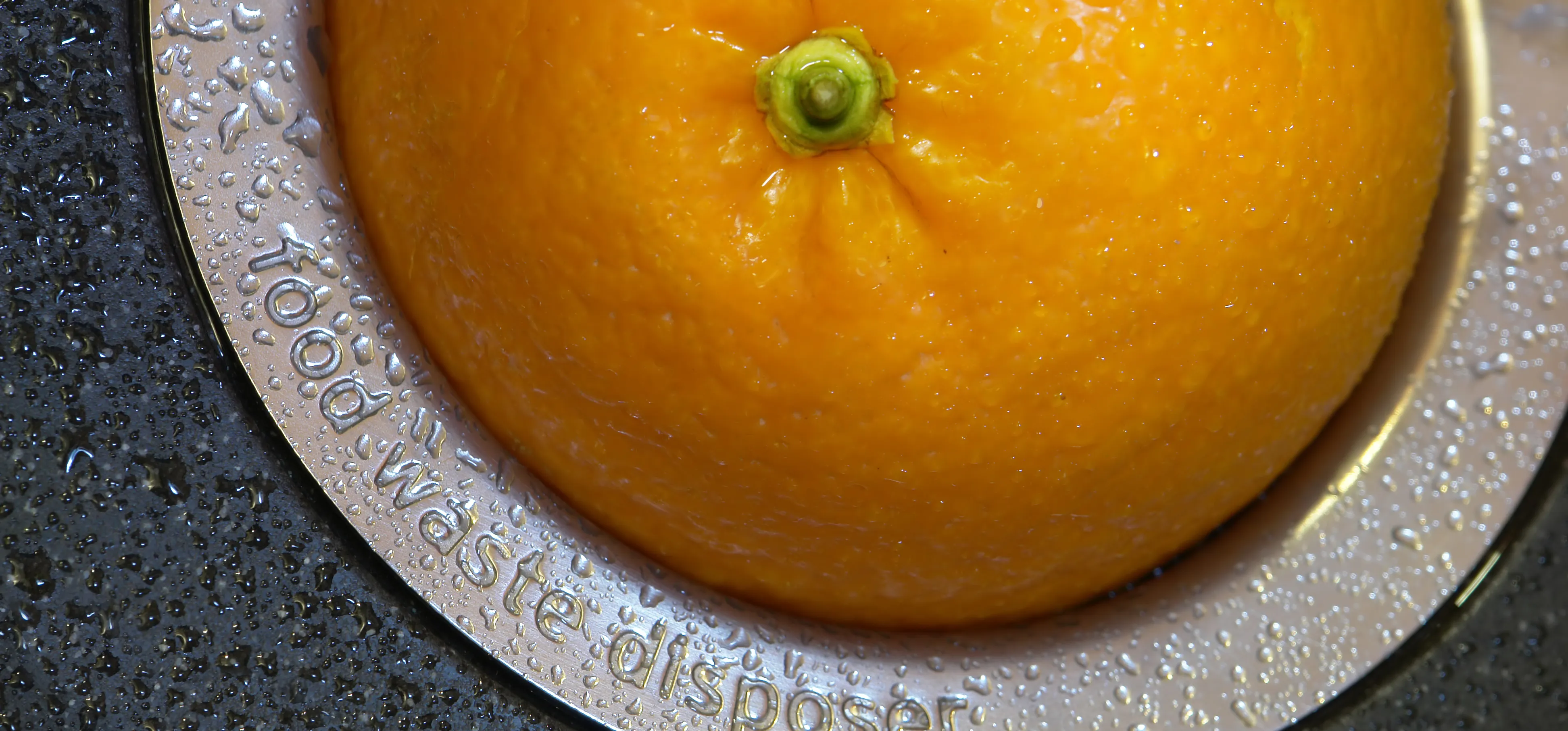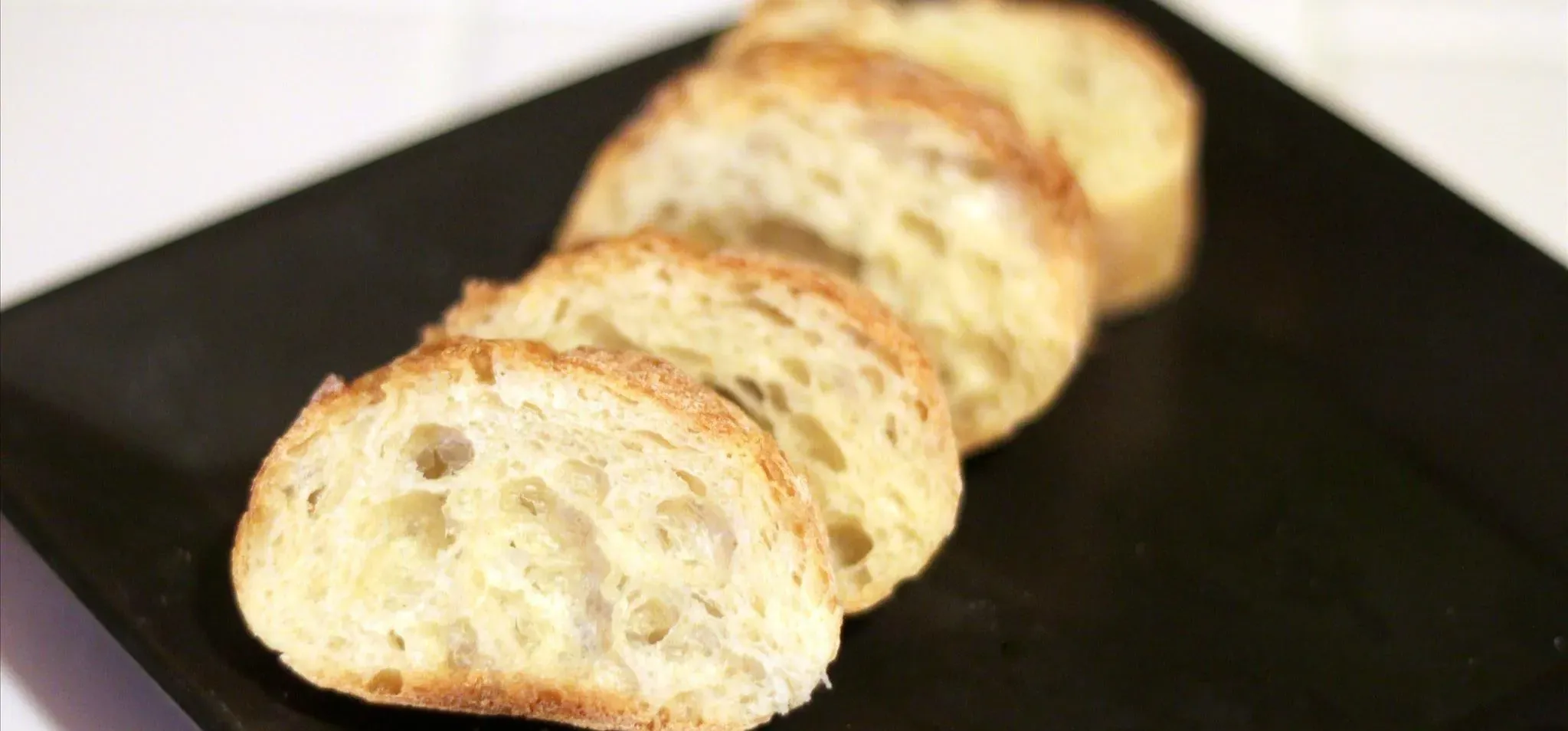One of the best qualities about fresh bread (such as sourdough) is a thick, crispy crust—which is easy to create in a commercial oven, but can be tricky for home cooks to replicate. Luckily, the the trick to baking a professional-style crust is a simple one—just bake your loaf with steam using one of these three methods to achieve the perfect, crispy crust.

The Importance of Steam
Steam is essential for a good bread crust because it keeps the outer dough moist while the inside cooks. Without steam protecting the dough, the crust and inner crumb will cook too quickly, creating a burnt, dense bread with little flexibility.
A crispy crust isn't the only benefit of steaming: It also helps the bread get one last little bit of rising in, by slowing down the baking process. The yeast in the bread gets more time to produce as much gas as possible before the heat kills it, creating a light and airy loaf.

Steam is also essential to both the crunch and color of the crust. The crispness of the dough is created by starch gel on its surface, which is created in the dough when it's moist at 180°F and above.
And the lovely brown color we associate with well-baked bread is a by-product of the Maillard reaction. While sugars caramelize around 275°F, the amino acid and sugar interaction in the dough's budding crust browns best around 300-400°F.
Without steam, this reaction would occur at lower temperatures, resulting in a prematurely-darkened crust.

The Dutch Oven Method
The preferred trick to getting the perfect crust at home is to bake your bread in a Dutch oven. A closed Dutch oven will trap the water that evaporates from the dough and convert it to steam under the lid. The steam clings to the surface of the dough and keeps the entire loaf moist.
First, preheat the oven with the Dutch oven inside. Once the oven is preheated, the finished dough can then be gently placed inside of the Dutch oven and covered with its lid. Preheating the Dutch oven before adding the dough replicates the extreme radiant heat used in a professional oven.
The Spray Bottle Method
If you don't own a Dutch oven, you can use a spray bottle to create your own steam inside the oven.
First, preheat the oven and the pan you're baking the bread on to 25°F hotter than your recipe calls for. This will compensate for opening and closing the oven as you build a moist environment.
When the oven is preheated, open the door, spray the sides with water, and close the door. Wait 30 seconds and repeat. Then, lower your oven 25°F and place your finished dough into the hot pan and back into the oven. Spray the sides of the oven one more time, close it, and continue to bake normally.
The Ice Cube Method
Another popular method used to make steam is the ice cube method.
- Don't Miss: 10 Thrifty, Time-Saving Ice Cube Tray Food Hacks
First, preheat your oven and the pan used for baking the bread. When the oven is preheated, place the finished dough in the hot pan on the top rack. The trick is to also put a metal pan filled with ice cubes on the bottom rack during the bake.
As the ice cubes melt, their water will then evaporate into steam. The steam will rise and have the same moistening effect on the dough's exterior to create a perfect crispy, tasty crust.
Out of the three, I personally recommend the Dutch oven technique as a fail-proof way to produce a perfectly-browned and crispy crust.
No matter what trick works for you, next time you bake bread at home, give it some steam for a beautifully baked crust.
More Nifty Baking & Bread Hacks:
- This Simple Trick Will Keep Your Bread Fresher Longer
- How to Always Get the Freshest Loaf of Bread at the Grocery Store
- Mashed Potatoes & Bread: Rice Cooker Hacks for Lazy Cooks
- How to Turn a Pint of Ice Cream into a Freakin' Loaf of Sweet Bread
- Miraculous "No-Knead" Bread: Hack Yourself a Loaf in 10 Minutes
If you liked this article, follow us on Facebook and Twitter!
Photos by Jessica Bose/Food Hacks




























Comments
Be the first, drop a comment!